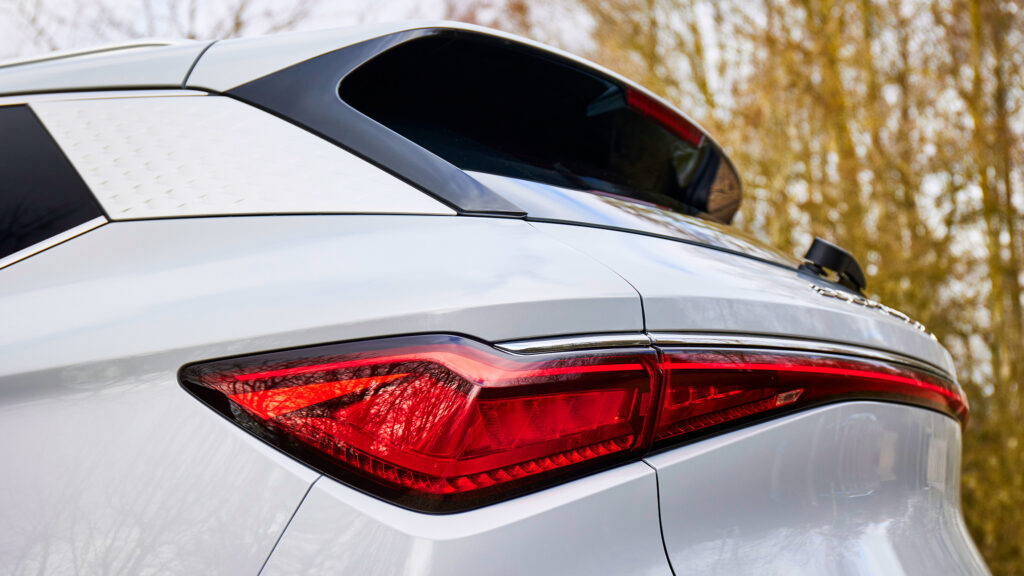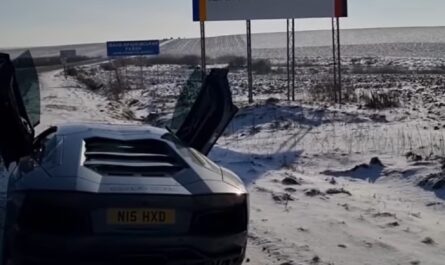Real-World Range of Electric Cars: Results of an Independent Test
Modern electric cars significantly surpass their predecessors in range and charging speed, but many buyers are still concerned about this characteristic. New data confirms that such concerns are justified.
The Australian Automobile Association (AAA) conducted testing of five different electric cars in real-world conditions. The results showed that one of the tested cars had a 23% lower range compared to the official data. For example, the BYD Atto3 traveled only 229 miles (369 km) instead of the claimed 298 miles (480 km).
“The difference between the claimed and real-world figures of various models poses a serious problem for consumers”
Uneven Results
Although all tested cars showed less range than claimed, the difference was significant only for some models. The best result was shown by the Smart #3, which fell short of the official figures by only 5%. The Kia EV6 and Tesla Model Y also showed relatively good results with an 8% deviation.
Such discrepancies indicate a complexity of choice for buyers, as they cannot know exactly how much to trust the claimed characteristics. Independent testing is becoming an important tool for making purchase decisions.
Test Summary
Here are the main results of the study:
| Model | Real Range (miles/km) | Claimed Range (miles/km) | Difference (miles/km) | Difference (%) |
|---|---|---|---|---|
| BYD Atto3 | 229 (369) | 298 (480) | 69 (111) | -23% |
| Tesla Model 3 | 274 (441) | 319 (513) | 45 (72) | -14% |
| Kia EV6 | 301 (484) | 328 (528) | 27 (44) | -8% |
| Tesla Model Y | 305 (490) | 331 (533) | 26 (43) | -8% |
| Smart #3 | 268 (432) | 283 (455) | 15 (23) | -5% |
This data could impact the electric car market, as consumers begin to view claimed characteristics more critically. Manufacturers will likely have to adapt their testing methods or communicate real-world figures more accurately.


 by
by 
